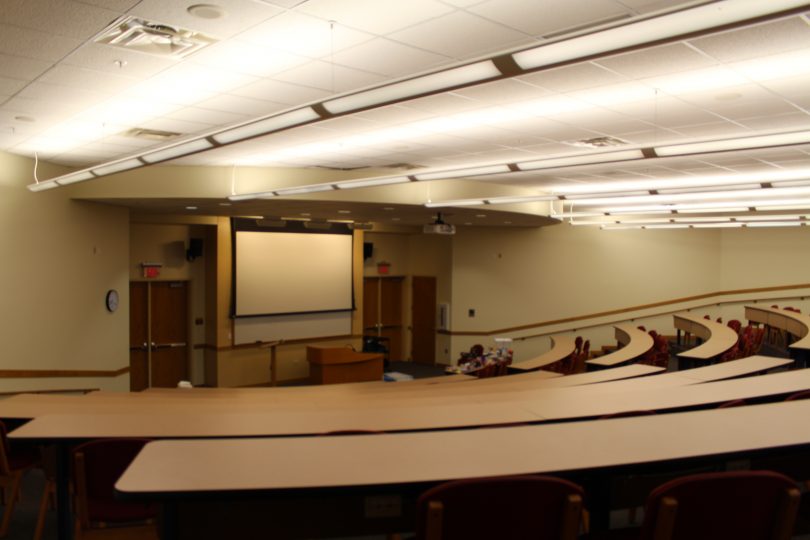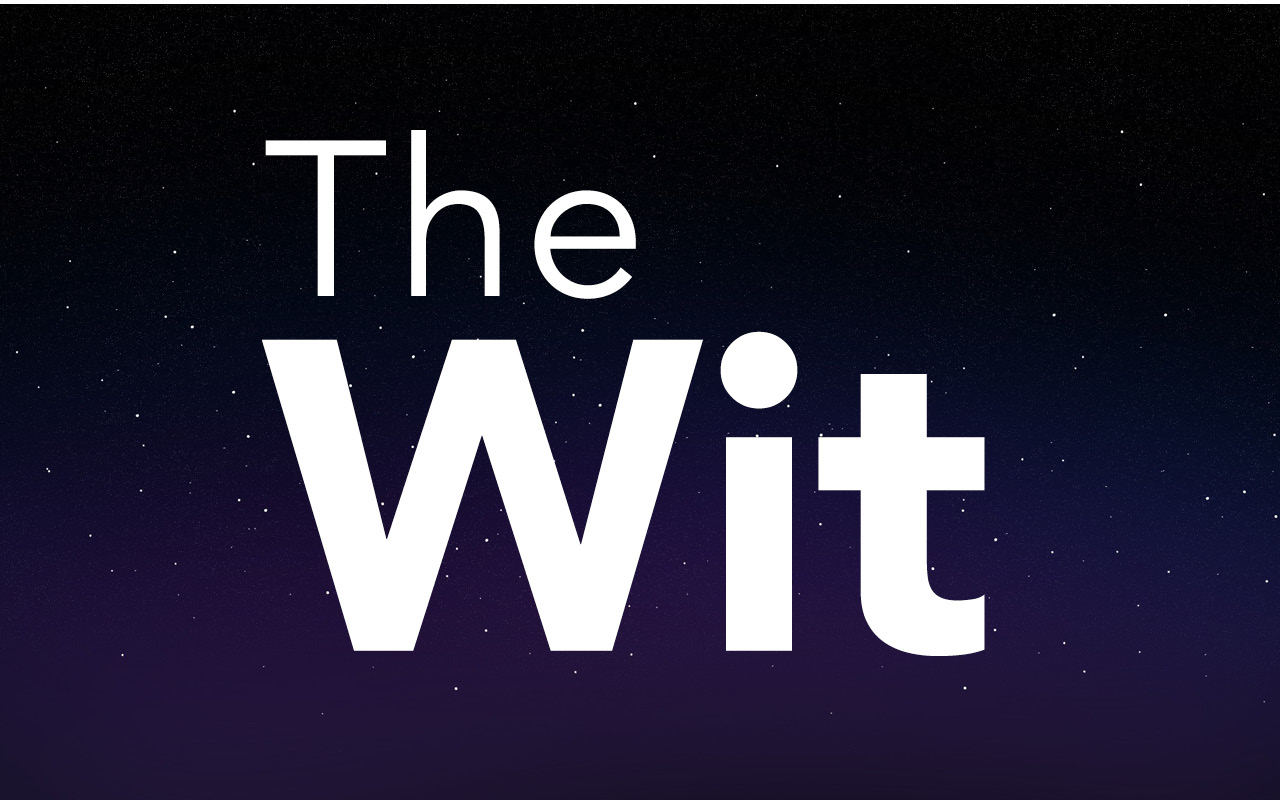While she may seem like a permanent fixture of campus today, I remember four years ago when Jenny Beaver was first announced as a female counterpart to the already established J. Denny Beaver.
As the Public Relations Office stated, Jenny’s creation was conducted in the name of gender equity and inclusiveness. The greatest element of this inclusiveness involved the smaller size of Jenny in comparison to Denny.
Previously, many qualified female candidates were turned away from the mascot position simply because they weren’t tall enough to fit into the large J. Denny costume. This is a prime example of a group of people on our own campus noticing inequity and actively finding a way to eliminate it.
Unfortunately, gender inequity at Bluffton University doesn’t end with the resizing of our mascots. Some of the most qualified individuals on our campus are being left out of the more public aspects of academia.
Colloquium is essentially a lecture series consisting of presentations done by Bluffton faculty members throughout each semester. The schedule of speakers is determined at the beginning of each semester by a chairperson who invites members of the faculty to present on important and interesting topics within their respective fields. In theory, the colloquium schedule should consist of speakers from a variety of fields and backgrounds. This kind of spread is rarely accomplished, and has failed far more than it has succeeded relating to gender equity.
Looking at this semester’s colloquium schedule on the basis of sex, it is readily apparent that there is a disparity between the number of female and male presenters. In this case, there are eight male presenters and only two female presenters for this semester. That’s four times the number of male presenters over female presenters. This disparity, however, isn’t an isolated event only involving this semester.
Over the past 17 years, 154 of the presenters have been men while only 75 of the presenters have been women. This means that since the 2000-01 academic year, there have been more than twice as many male presenters over female presenters. Likewise, within each year in that timespan, the number of women presenters has never exceeded the number of men presenters.
These issues, however, begin long before the schedules for colloquium are ever laid out. The same disparities can be seen among the ratios of faculty at Bluffton University. Of the 62 members of Bluffton University faculty, 26 are women. This creates a near 60-40 split along gendered lines.
While this may not seem abysmal at first, especially considering the earlier split of colloquium speakers, the numbers are more telling when you break down faculty hierarchy.
Among non-tenure track faculty, 10 are women and eight are men. Things appear best when looking at current tenure-track faculty consisting of eight women and only five men. This sentiment is quickly reversed, however, when looking at faculty currently possessing tenure, among which eight are women and 22 are men.
Even if all women currently in tenure-track positions received tenure and none of the men did, the disparity would still exist.
It shouldn’t be surprising that these same issues of gender inequity exist beyond our own little corner of northwest Ohio. These trends can be seen at similar levels at academic institutions across the United States.
According to research done by the American Council on Education, as of 2015, women held only 32 percent of full-time professor positions at degree-granting postsecondary institutions. In similar fashion, male faculty members held a higher percentage of tenure positions at every type of institution of higher education. These statistics are even more unsettling when the gender ratio of degrees earned nationally are taken into account.
From the same American Council on Education study, women have earned more than half of all bachelor’s degrees since 1982. Women have also earned more than half of all master’s degrees since 1987.
Most significantly, women have earned more than half of all doctoral degrees since 2006. In spite of becoming the majority of qualified degree holders, women still find themselves as a minority in higher education.
Gender inequity is deeply and systemically entrenched within our society.
Some of its effects will take years to be exorcised, with great amount of effort on all of our parts. The difficulty of each solution, however, is ultimately irrelevant in the face of the inequity that women face on a daily basis.
Above all else, discrimination on the basis of gender is an absolute moral wrong. These issues are in plain sight, but they are seldom noticed by those not directly affected by them.
The fact that my attention had to be drawn to the gender disparity of this semester’s colloquium schedule by a female member of the faculty is the very definition of privilege. In spite of all of this, some solutions to gender inequity are as simple as making a smaller mascot uniform.
It starts with being aware of the inequity in front of us. Then we can actively work to fix it.
What solutions do you have?







